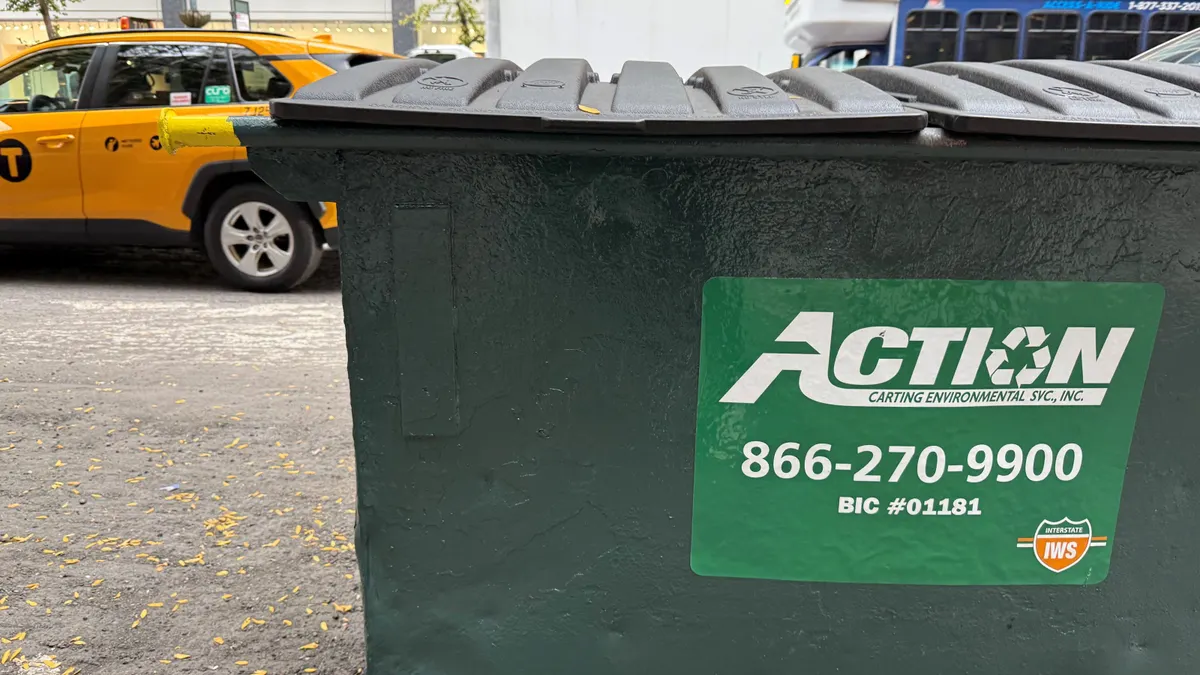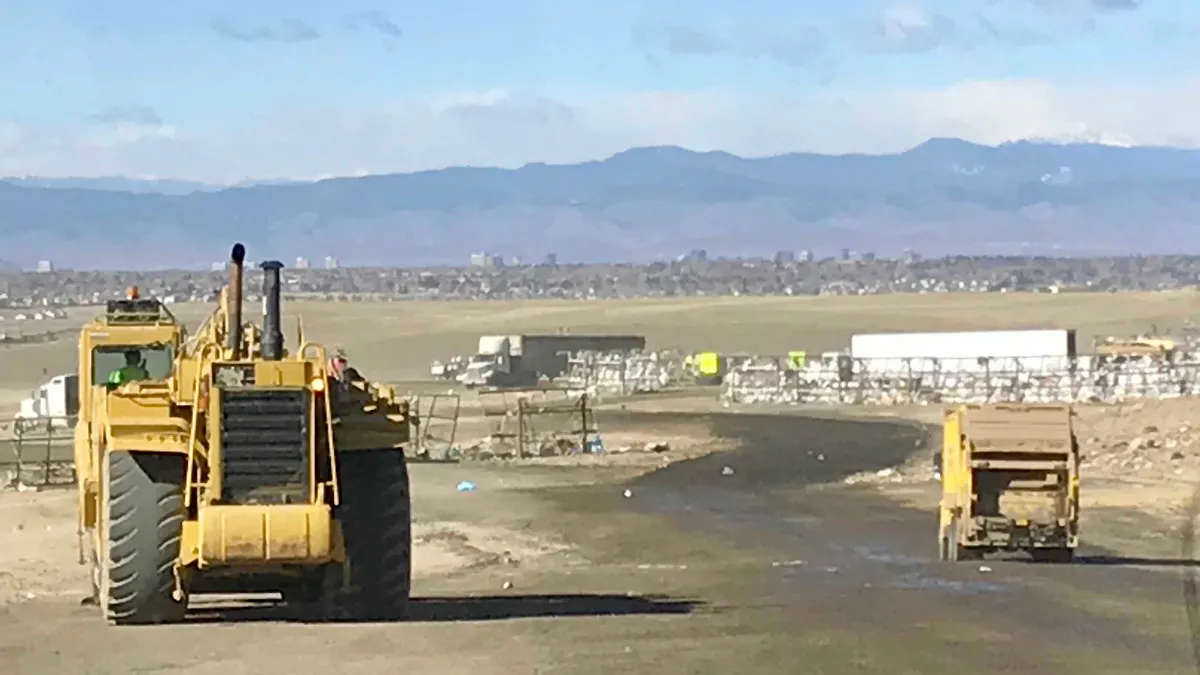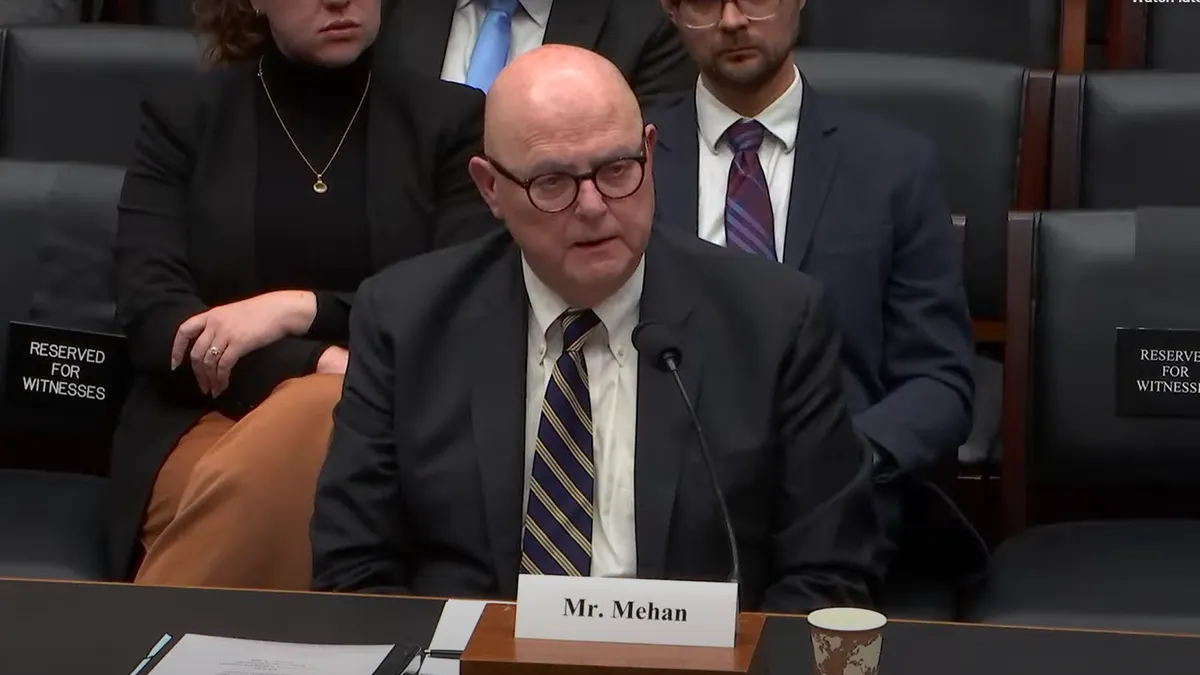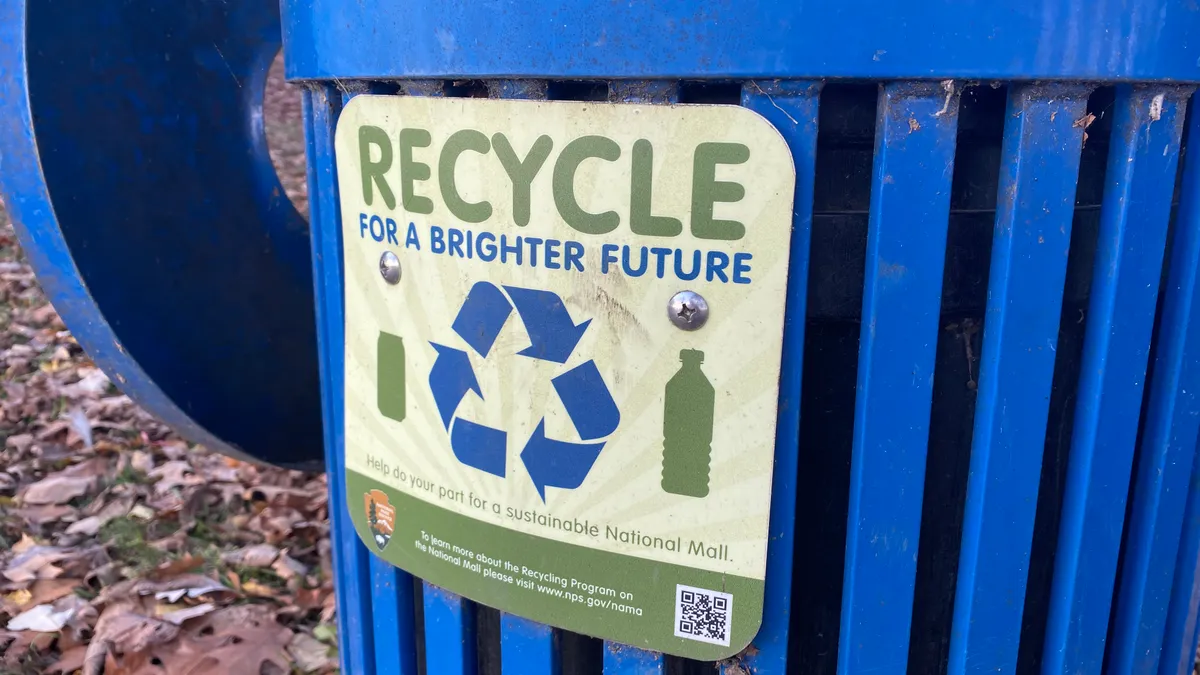In the Finger Lakes region of New York, a small but vocal group of opponents of a 12-year-old planned expansion of Ontario County Landfill have squared off against the county, landfill operator Casella Waste Systems, and the operator of the landfill’s gas to electricity plant, owned by Aria Energy.
“The lawsuit technically is not against us,” said Larry Schilling, vice-president of landfill marketing and development for Casella Waste Systems.
But Casella is paying for a lawyer to defend the county against the lawsuit. If the challenge is successful, it could block the planned 43-acre expansion of the landfill and mean the site might cease operations in about a year. Casella has been under contract to operate the landfill since 2003, and if the expansion moves forward, the firm would continue to operate the site through the end of its contract in 2028.
“Without the expansion, there is probably less than a year of capacity at the landfill,” Schilling said.
But with the expansion, which could be OK’d by a New York state Department of Environmental Conservation judge within a couple months, the landfill’s capacity would be enlarged to allow it to continue to operate for nearly 15 more years.
Similarly constructed recycling and waste-to-energy plants could be subject to operational overhauls and new regulations if the ruling favors the activists fighting the landfill's expansion.
Finger Lakes Zero Waste Coalition recently asked for a hearing on questions it has about air pollution and air quality around the landfill, noise from the landfill, and the group's belief that an analysis of the site’s recycling operation is needed, but New York Department of Environmental Conservation chief administrative law Judge D. Scott Bassinson ruled there will be no hearing on recycling or air quality.
FLZWC believes emissions from the landfill gas-to-electricity plant at the site should be considered as coming from one source rather than two, as the plant and landfill are currently regulated. They say Casella Waste Systems and the county are skirting emissions accounting rules that would make both operate under stricter regulations of the Clean Air Act. The current permit treats the plant’s emissions as separate from the landfill.
The group recently appealed the ruling from Bassinson that rejected FLZWC’s assertion that a comprehensive recycling analysis should be considered in the proposed expansion. The DEC responded to the appeal, calling for its denial.
The expansion plan has been in place since Casella began its contract in 2003. If it proceeds as planned, the expansion would provide $18 million over the life of the landfill. Currently, the landfill garners the county $2 million in yearly revenues.
“We’ve proven that we comply with the regulations and we’re waiting now for the DEC judge’s decision,” Schilling said.
But FLZWC objects to the landfill’s operations under Casella’s management, wherein about 3,000 tons of waste are deposited there daily. Its members say the landfill disrupts the area with too much noise and foul odors, and that it’s an industrial operation which shouldn’t be permitted in an area known for its lake-focused tourism.
“Part of our argument was that they did not perform a comprehensive recycling analysis. The DEC backed them on it,” said Katie Bennett Roll, a nurse anesthetist and FLZWC member. “I don’t think the DEC knows what a comprehensive analysis is.”
Roll lives about a half-mile from the landfill and never had a problem with it until 2009, when she began to smell it and hear its operations. The problems have worsened by the year, she said.
“It’s a bummer that I should have to spend all of my spare time on this for the past six years,” Roll said. “There was no problem with the landfill until 2003, when they began to bring in 3,000 tons a day.”
The landfill is permitted to take up to 3,000 tons of waste per day and does so, Schilling said.
Roll questions why the landfill and the gas to electricity plant there are considered separate sites of noise and odors. She also takes issue with the site being a dump for the region, and with the fact that about 90% of the waste placed there is from outside the immediate area.
“They’re sending all this trash up here and we don’t want it. There are toxins in the stuff,” Roll said.
Two years ago the DEC loaned Roll equipment to monitor the air and she took a sample on her back porch. When the sample was analyzed, 17 toxins were found, including four cancer-causing toxins. But the DEC has said the levels are acceptable and not dangerous, she said.
Tom West, an Albany, NY attorney representing Ontario County in the dispute and paid for by Casella, said the site is a regional landfill.
“The plant and landfill are regulated separately … So the noise standard applies to landfills, not to gas to energy plants,” West said.
Maybe. But given the backgrounds of some of FLZWC’s members, and the facts they use against the expansion, some regulators could agree with them.
Douglas Knipple, an entymologist and retired Cornell University professor, also is a member of the six-year-old Coalition.
“The concept of zero waste is to divert as much waste from landfills as possible. Every one of these landfills burps out hundreds of thousands of tons of methane each year, and it is unnecessary.”
In 2011 alone, the Ontario County landfill produced 100,000 tons of methane, he noted.
“The methane that escapes from the open face of the landfill—nobody actually knows the exact source of emissions from the landfill because there’s no way to measure them,” Knipple said.
About 14 million gallons of leachate is trucked to local wastewater plants from Ontario’s landfill and another nearby site, Seneca Meadows Landfill. Certain metals pass through the system and cannot be removed, he said.
“We view these as threats against the Finger Lakes. We have a burgeoning tourist industry and wine industry,” Knipple said.
Ontario County Landfill is four miles from his home, and Seneca Meadows Landfill is seven miles away from his home. His disagrees with incinerator ash, industrial sludge, and sewage treatment sludge being placed in Ontario County Landfill, as well as contaminated soil being used as cover.
“What’s going to happen is the landfill will be a liability forever after it is closed. County residents won’t have a local place to put their own waste… We have wineries with tasting rooms where people have smelled landfill odors from four miles away,” Knipple said.
He admitted he wanted Casella to go away, not improve its operations. “Their business model involves bringing waste from outside the area into our area,” he said.
Kris Thorsness, assistant county attorney for Ontario County, said odor isn’t an issue in the expansion permit process, noise is.
“The only facility that’s at issue with the permit application is the landfill. The gas system and landfill are operated by different companies,” Thorsness said.
Ontario County has gotten noise easements from property owners all around the landfill, though “there are a few outliers” who haven’t granted the easements, Thorsness said.
Most of the homes around Ontario County’s landfill are owned by farmers or former farming families who aren’t being paid much for the easements, Knipple said.
“One recently purchased noise easement was for $500 per year. I felt like crying when I heard that,” Knipple said.
But West argued the noise from the landfill is really one of two noise sources there. “The plant and landfill are regulated separately. So the noise standard applies to the landfill, not to the gas-to-energy facility,” he said.
That is the case for now, but maybe not for long. In addition to the pending decision from the DEC judge, an appeal by FLZWC to the Environmental Protection Agency could change the entire operation of the landfill, if not cease operations there altogether.
“We have petitioned the EPA to rule on the common control issue” regarding the landfill operations and the maintenance of the gas-to-energy plant adjacent to it, Knipple said. “They are interrelated and are operating on separate Title V [of the federal Clean Air Act] permits. If the EPA rules in our favor, then they will open up both Title V air permits, which will be reconsidered by the EPA.”
If that happens, the EPA would instruct the NY DEC to re-calculate total emissions on the landfill.

















